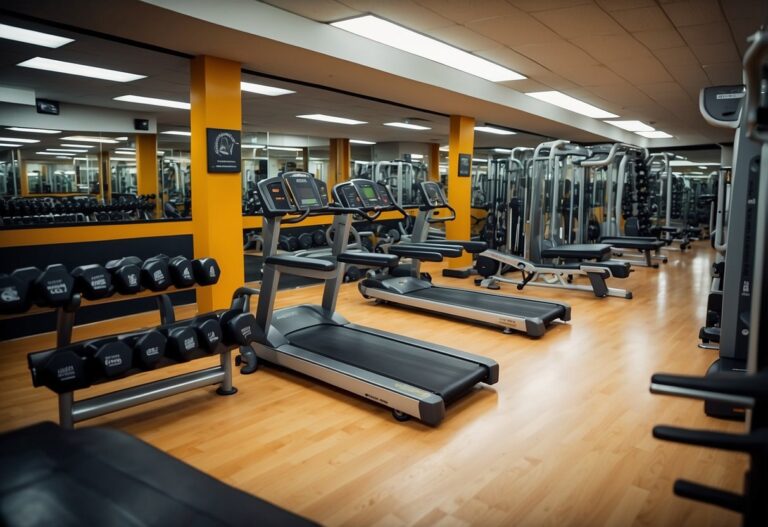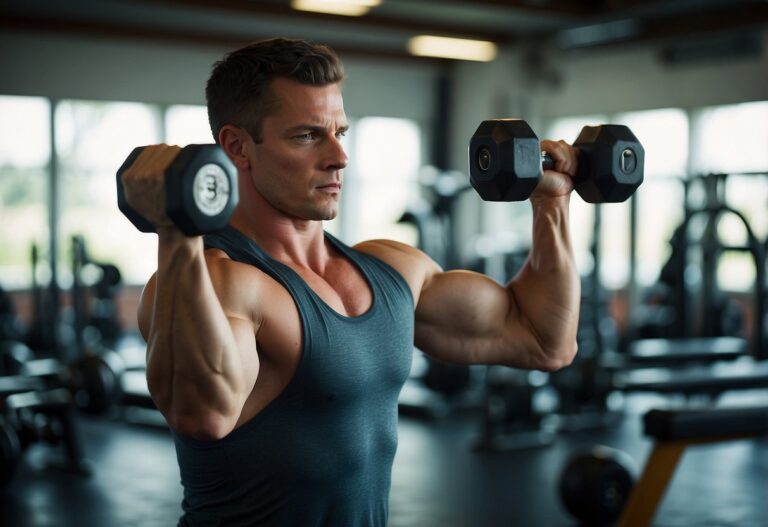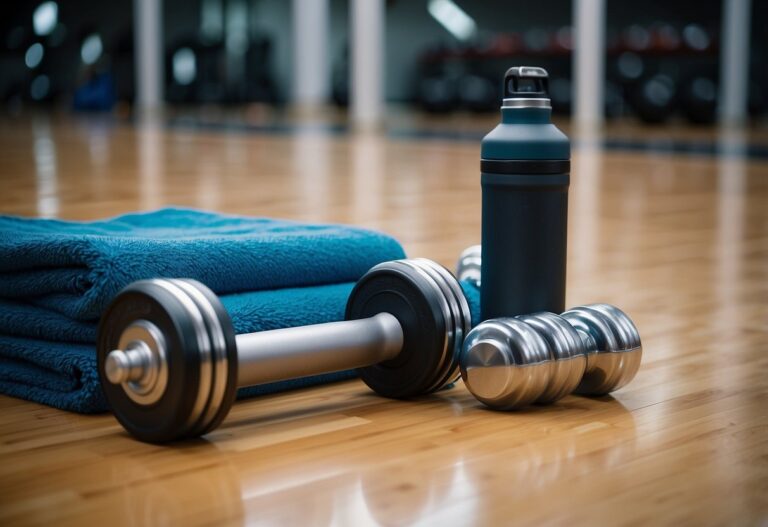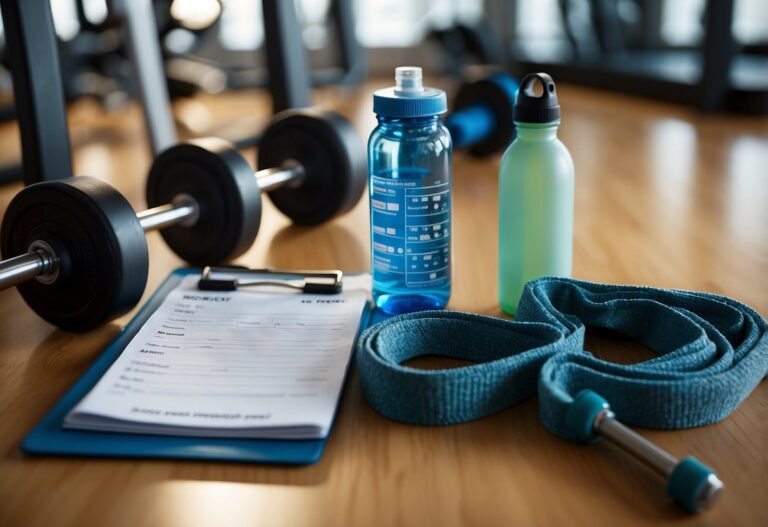The festive season is a time of joy, celebration, and often indulgence, which can make getting back into a fitness routine a bit challenging. After all the late-night parties, delicious treats, and perhaps a bit of weight gain, you might feel unsure about how to restart your exercise regimen.
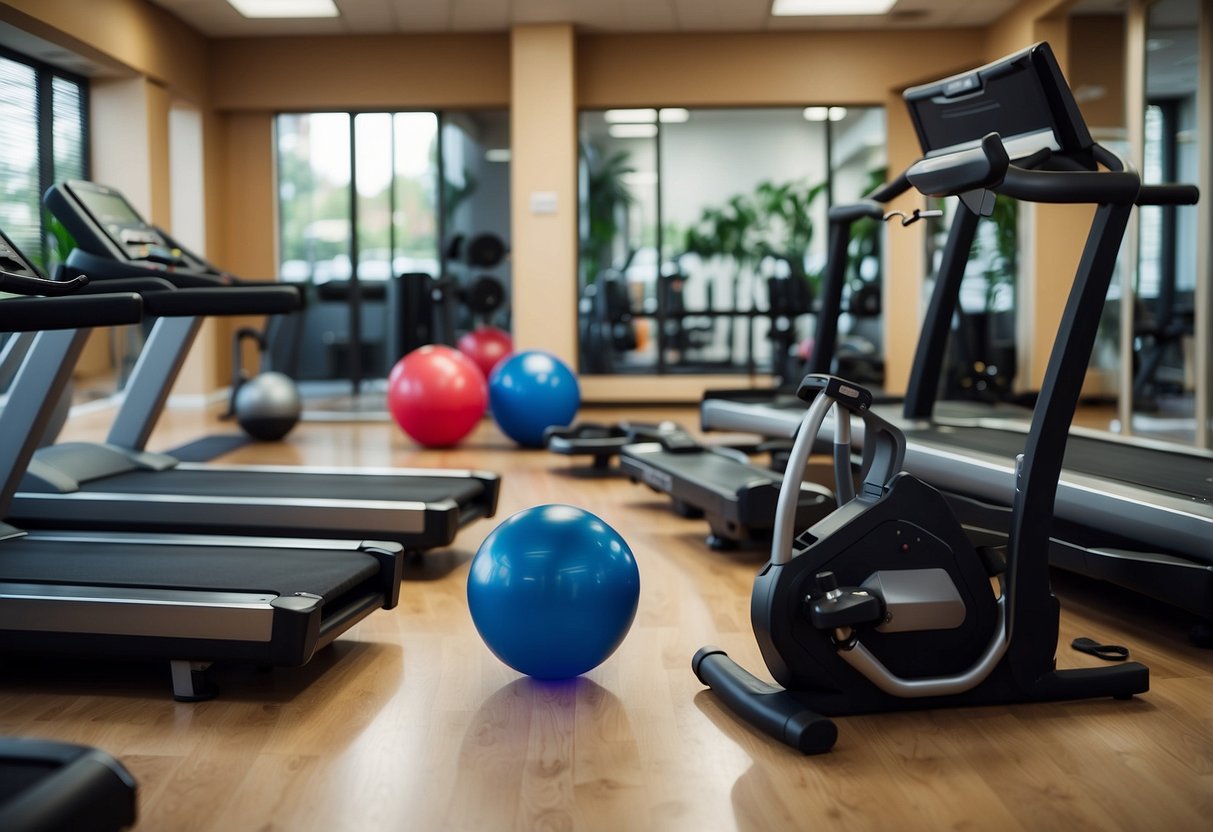
Finding the right motivation and approach is key to getting back on track smoothly and effectively. The good news is that with some practical tips and guidance, you can ease back into your workouts, regain your fitness, and feel great about your progress. Whether you’re a seasoned athlete or just starting to exercise regularly, this article will help you kick-start your post-holiday fitness journey.
Hydrate thoroughly
After the festive season, it’s vital to hydrate thoroughly to get back on track with your fitness routine.
Make sure you drink plenty of water before, during, and after your workouts. Keeping hydrated helps you replace fluids lost through sweat and keeps your body functioning well.
Consider adding electrolytes to your water, especially after intense sessions. This helps to quickly replenish what you lose during exercise.
Bring a water bottle with you wherever you go. It serves as a reminder to drink frequently throughout the day.
Look out for signs of dehydration such as dark urine or excessive thirst and act early. Staying hydrated improves your overall performance and helps you recover faster.
Stretch Daily

Stretching daily can make a big difference in how your body feels. Just 10 to 15 minutes of stretching before your workout helps loosen up your muscles. This can improve your performance and reduce the risk of injury.
After your workout, a quick stretch helps calm tight muscles. This leads to better flexibility and quicker recovery. Listen to your body and stretch gently, focusing on areas that feel tight. Keep a regular routine and enjoy the benefits of daily stretching.
Follow a balanced diet

Staying fit after the festive season isn’t just about exercise. It’s also about what you eat. A balanced diet can make a big difference in how you feel and look.
Start with fresh fruits and vegetables. They are packed with vitamins and nutrients. Including these in your meals helps you stay healthy.
Whole foods, like grains and lean proteins, are also important. Choose whole grains over white bread or pasta. Lean proteins, such as chicken or fish, can give you the energy you need.
Drinking plenty of water is another simple but effective tip. Staying hydrated helps your body function properly and can even help control your appetite.
Don’t forget to enjoy your meals. Eating should be a pleasure, not a chore. Taking the time to prepare and enjoy balanced meals can make a big difference in your journey back to fitness.
Mindful eating can help you avoid overeating. Pay attention to what and when you eat. This can prevent mindless eating, which often happens during and after festive periods.
For more tips on how to combine regular exercise with a balanced diet, this article offers some great insights.
Gradually increase workout intensity

When getting back into your fitness routine, it’s important to start slowly. Your body needs time to readjust to regular exercise. Begin with low-intensity workouts to avoid overworking your muscles.
Think about how walking or gentle cycling can help in the first few weeks. You can gradually move on to more intense activities as your body gets stronger.
As you feel more comfortable, slowly add more intense bursts to your routine. This could mean increasing the speed or adding more weight to your exercises. Always pay attention to how your body feels and avoid pushing too hard.
Setting realistic goals can make this process easier. For example, you might aim to run for a minute longer each week or add an extra set of repetitions to your workout. This steady progress helps build endurance and strength without risking injury.
Remember, the key is to listen to your body. If you’re experiencing pain or extreme fatigue, it may be time to scale back or take a rest day. Your fitness journey is a marathon, not a sprint.
Include Cardiovascular Activities

Getting back to a fitness routine after the festive season can be challenging. Including cardiovascular activities is a great way to boost your energy and burn off those extra holiday calories.
Walking or Jogging
Start with something simple like walking or jogging. A brisk walk or gentle jog can be a great way to ease into more vigorous workouts.
Dance Workouts
If you enjoy dancing, try including dance workouts. These can be fun and effective, and there are plenty of online videos to guide you.
Cycling
Cycling, whether outdoors or on a stationary bike, is another excellent cardio option. It’s low impact and easy on the joints.
Swimming
Swimming is a full-body workout that is easy on the joints and muscles. Plus, it’s a refreshing change from typical gym activities.
Group Classes
Consider joining group classes like Zumba or spinning. These classes provide structure and can be more motivating than working out alone.
Keep your routines varied to stay engaged and excited about your fitness journey.
Prioritise Rest and Recovery

Taking time to rest and recover after a workout is crucial. Your body needs to heal and rebuild muscles, which can help you get stronger and feel better.
Listening to your body is key. If you feel sore or extra tired, it might be a sign that you need a break. Don’t ignore these signals.
Incorporate rest days into your routine. This doesn’t mean you need to be completely inactive. You can do light activities like walking or stretching.
Sleep is another important part of recovery. Aim for 7-9 hours of sleep each night to help your body repair itself.
Use both heat and ice to manage soreness. Applying heat can relax muscles, while ice can reduce inflammation.
Remember, giving your body time to rest will help you stick with your workouts and avoid burnout or injury. Do you feel you give yourself enough time to recover?
Set Achievable Goals

To get back into your fitness routine after the festive season, set realistic goals. Don’t aim for perfection right away. Small steps are key.
Start by setting short-term goals. Maybe aim to exercise three times a week. This keeps you motivated and helps you see progress quickly.
Use a fitness tracker or journal to track your progress. Seeing improvements can boost your confidence and keep you on track.
Celebrate small victories. If you hit your weekly fitness target, reward yourself in a healthy way. This can make the journey enjoyable.
Remember, consistency is more important than intensity.
Avoid Over-Exertion

It’s easy to feel like you need to jump back into intense workouts right after the festive season. Don’t rush. Your body needs time to readjust.
Start slowly and listen to your body. If you push too hard, you might end up with an injury.
Think about setting small, realistic goals. For example, begin with 20 minutes of light exercise and gradually increase the duration and intensity.
Pay attention to how you feel during and after your workout. Feeling too sore or exhausted? You might be overdoing it. Take a break if needed.
Incorporate strength training

Strength training is a great way to rebuild muscle and improve fitness after the festive season. It helps maintain bone density, increase metabolism, and boost overall health.
Start with exercises like squats, push-ups, and lunges. These compound exercises work multiple muscle groups at once, making your workouts more effective.
Consider adding weights. Using dumbbells or resistance bands can enhance your routine. Aim for at least twice a week to see results.
Incorporate different activities. Combine strength training with activities like swimming or cycling to keep things interesting and improve your overall fitness.
Remember to rest. Recovery is just as important as the workout itself to prevent injury and ensure muscle growth.
Listen to your body

When you return to your fitness routine after the festive season, it’s important to listen to your body. If you haven’t worked out for a while, your muscles might be stiff.
Start slowly. Your body needs time to adjust. If you feel pain, it’s a signal to ease up. Overdoing it can lead to injury.
Scheduling rest days is crucial. Your body needs time to recover. This recovery helps you build strength and avoid burnout.
Pay attention to your energy levels. Some days you might feel more tired. It’s okay to have a lighter workout on those days. Always focus on how you feel.
Ways to Ease Back Into Workout
Starting back into a workout routine after a long break can be challenging. It’s important to ease into it to avoid injury and stay motivated.
Start with Light Cardio
Begin with light cardio exercises like walking, cycling, or swimming. These activities prepare your body for more intense workouts without overwhelming your muscles. Aim for 20-30 minutes at a moderate pace.
Use this time to listen to your body and notice how it responds. If you feel any discomfort, it’s a sign to take it easy. Gradually increase the duration and intensity over a few weeks. Remember, the goal is to build a habit and avoid burnout.
Incorporate Dynamic Stretches
Dynamic stretches warm up your muscles and improve flexibility. These movements, such as leg swings, arm circles, and torso twists, mimic the exercises you’ll be performing. Spend 5-10 minutes on these stretches before starting your main workout.
Incorporate exercises that target different muscle groups to ensure a full-body warm-up. Dynamic stretches also help in reducing muscle stiffness and improving blood flow. They’re crucial for preventing injuries and should never be skipped.
Importance of Nutrition and Hydration

Getting back into a workout routine after the festive season is crucial, and so is paying attention to your nutrition and hydration. Eating the right foods and staying properly hydrated will help you feel energised and ready to tackle your fitness goals.
Maintain a Balanced Diet
After the festive season, it’s vital to focus on a balanced diet. This means including a mix of carbohydrates, proteins, and fats in your meals. Carbs are your body’s main energy source, so make sure to include whole grains, fruits, and vegetables.
Proteins are crucial for muscle repair and growth. Great sources of protein include lean meats, fish, eggs, and plant-based options like beans and lentils.
Healthy fats are also necessary for your body. Add nuts, seeds, avocados, and olive oil to your diet.
Try to avoid processed foods and sugary drinks that offer little nutritional value. Instead, focus on whole, unprocessed foods.
Portion control is another key aspect. Eating smaller, more frequent meals can help keep your energy levels stable throughout the day.
Stay Properly Hydrated
Hydration is just as important as nutrition. Drinking enough water helps your body function correctly and can improve your performance during workouts.
It’s recommended to drink about 8 cups (2 litres) of water a day, but this can vary based on your activity level and body size.
Carrying a reusable water bottle can help remind you to drink water throughout the day. It’s also useful to drink a glass of water before meals to help control your appetite.
During exercise, it’s essential to stay hydrated. The ACSM recommends consuming 150-350 millilitres of fluid every 15-20 minutes during intense activities. You can read more about optimal fluid intake guidelines here.
Remember, drinks like coffee or alcohol can dehydrate you, so try to limit their intake, especially after a workout.
By making hydration a habit, you’ll support your overall fitness and recovery better.


